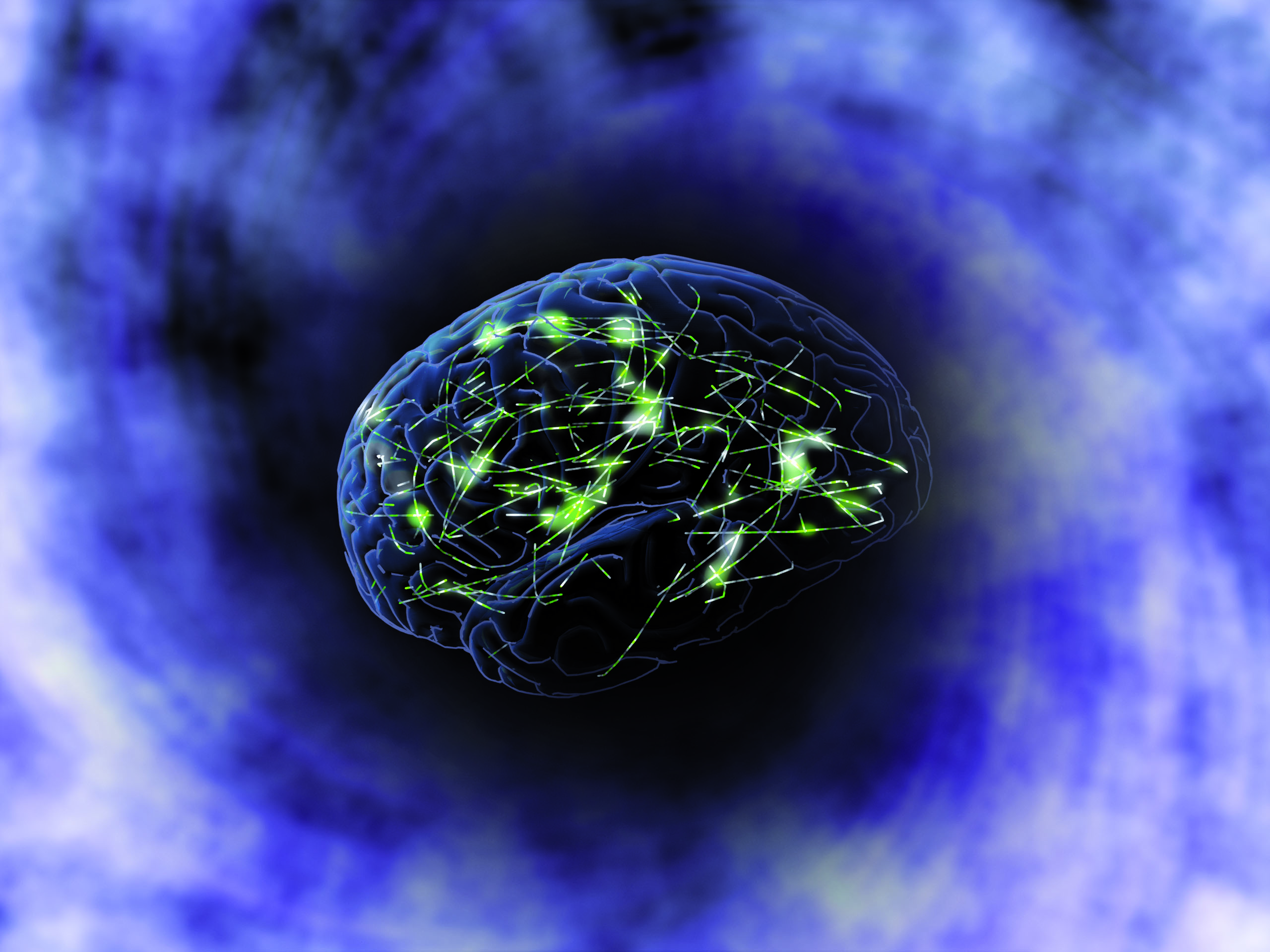What are the chances that our existence—or lack thereof—could be a mere projection from someone or something’s mind, just like the premise of The Matrix or Inception? Ludwig Boltzmann (1844-1906), the same German physicist who derived the blackbody radiation laws, proposed this reasoning during the 1800s and it is still discussed today as one of the most interesting and disturbing ideas of science.
Boltzmann posed the idea, that just as humans with self-aware, conscious minds inhabit the Earth, there may be other self-aware minds—dubbed Boltzmann Brains—blipping in and out of existence throughout the universe.
The theory is based on the second law of thermodynamics, which states that the entropy— disorder, or the measure of the number of states in which a particular system can be arranged— of the universe is perpetually increasing. This law requires our universe to spontaneously approach a thermodynamic equilibrium of high entropy and disorder. Low entropy, or order, is unlikely to occur in a universe such as ours.
However, in the midst of this theoretically chaotic universe exists Earth: a perfectly life-supporting world inhabited by humans— intelligent and self-aware creatures. Based on the law that entropy is continually increasing in a highly disordered equilibrium, it seems unlikely that such a highly ordered planet with such highly-ordered minds as ours, could happen. In fact, it should be astronomically rare that we exist. Fortunately, the infinite size of the universe allows events of low probability to occur, meaning it is incredibly unlikely, albeit statistically possible for a fluctuation in the entropic equilibrium to lead to life like ours.
Boltzmann Brains come in when considering the following: If a self-aware mind as a product of a random, low entropy pocket in the universe is unlikely to happen, then a self-aware mind on a habitable planet among millions of other self-aware creatures would involve a substantially lower state of entropy, and is therefore significantly less likely to happen—the probability is nearly impossible.
The Boltzmann Brain theory argues that based on probability, it is far more likely that lone conscious minds exist than aggregates of organized and self-aware civilizations, like ours do. Boltzmann postulates these brains would flip in and out of existence in random spots of the universe.
However, imagining these so-called ‘intelligences’ is quite challenging. Cosmologist Sean Carroll in his novel From Eternity to Here described the minds as, “Lonely, disembodied brains, who fluctuate gradually out of the surrounding chaos and then gradually dissolve back into it.” As the idea is highly theoretical, the shape or form of these brains can only be postulated.
A more extreme theory arising from this concept suggests that our entire life, history, and existence is a projection of a single Boltzmann Brain in the universe, much like the idea behind Inception, where a single mind creates a dream world for a society to reside in.
However, we don’t need to demote ourselves to the existence of a SIM computer character just yet. Prominent physicists such as Richard Feynman have found ways to contest Boltzmann’s extraordinary theory. Feynman postulates that since any random location on Earth is expected to exist in a highly ordered state, like everything around it, it is unlikely that the entire universe as we see it is merely a fluctuation in entropy: there must be factors other than entropy that ensure our existence.
“If our order were due to a fluctuation, we would not expect order anywhere [except] where we have just noticed it,” says Feynman in a 2011 TED talk. He goes further to deduce that the observed order could be remains from a highly-ordered (low-entropy) past from the universe’s onset, which have persisted over millions of years.
In an entirely different response to the Boltzmann Brain theory, Lawrence Krauss’ article “String Theory’s Latest Folly” from New Scientist compares the Boltzmann Brain contemplation to Thomas Aquinas’s medieval debate about “How many angels could dance on the head of a pin?” Krauss points out that though Boltzmann provides an interesting debate, there is no real way to solve or learn from such an abstract theory, so we might as well be arguing over the number of angels that could dance on a pinhead.
The idea is intriguing, but for now, the Boltzmann Brain theory will remain both an incredibly interesting and somewhat frightening notion until science evolves the means to further investigate the fluctuations of entropy in space.









